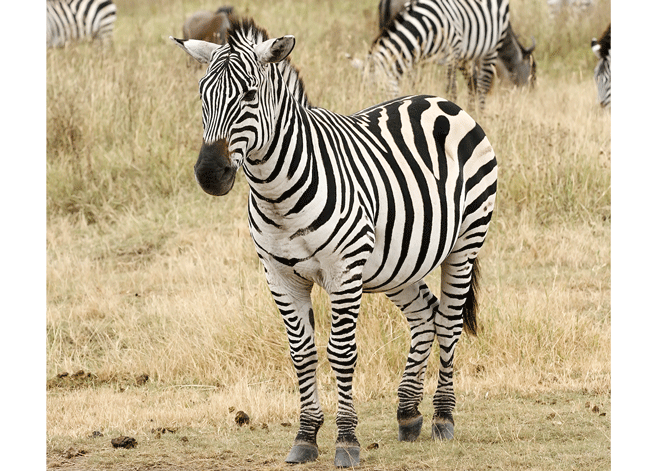
By Burzil Dube
MOST tourists, who visit the country’s national parks are usually on a mission to view certain types of animals as part of their pasttime activities that are normally not found in visitors’ places of origin.
The mere mention of a national park or game reserve, what comes to mind is the legendary Big Five or any other wild animal found in such places and could be of photographic interest.
Whoever coined the phrase Big Five deserves some form of praise as these animals are key drivers in the travelling and touring industry.
The Big Five are lions, elephants, rhinoceros, leopard and buffalo. These animals are the fulcrum to tourism development ,especially for game viewing or game drives.
However, there are other wild mammals which are also of prime interest such as hyenas, wild dogs, cheetah, zebra, jackals and many more.
Among the above mentioned animals, the most “sought-after” by tourists is the zebra, whose black and white stripes continue to be a marvel to watch, hence its inclusion in most game park advertisements and wild animal promotional programmes.
Yours Truly is of the opinion that it should have also been included or added to become the “Big Six” and this week will briefly look at the zebra and rhinoceros that are also found in the Save Valley Conservancy as discussed in the previous column.
- Chamisa under fire over US$120K donation
- Mavhunga puts DeMbare into Chibuku quarterfinals
- Pension funds bet on Cabora Bassa oilfields
- Councils defy govt fire tender directive
Keep Reading
Most animal lovers are of the view that zebras lead the pack on being most beautiful and cute animals ever to grace Mother Earth without any strong competition even though this can be debatable.
Those of the Dube totem may bear some form of witness.
This animal constantly stirs some form of debate, especially on the colour of its stripes on whether they are black or white while others are of the opinion that it’s somehow creamish on brown so it depends on one’s description choice.
While enjoying the tidings from Save Conservancy, Yours Truly came across an interesting piece by Mark Townsend a wildlife expert based in Zambia who shared another perspective concerning Zebra stripes.
He opined that their stripes are a form of pest repellent from biting insects among others whose findings are also subject is debatable.
Townsend went on to state that comparing zebras to horses, who are their closet living relatives, researchers established that horses were bitten by flies disproportionately compared to zebras even though they were living under similar conditions.
Hence, they concluded the eye-catching stripes were more than just a decoration, but some form of natural insect repellent.
Other researchers are of the theory that zebra stripes act as a camouflage throwing off predators or as a way of signalling members of their species as well as regulating their temperature.
So next time one comes across a zebra, think about the above mentioned findings and maybe come up with another interesting theory concerning these much adored animals.
Still in the Save Conservancy, there is Malilangwe Wildlife Reserve established on the southern part of Zimbabwe and it also borders Gonarezhou National Park.
The wildlife reserve has high concentration of both black and white rhino, elephants as well as a variety of bird species, it is also renowned for its unique sand stone outcrops, Mopane forests, Baobab trees and over 100 rock art sites that are considered to be over 2 000 years old.
However, the gist of this piece is of rhinoceros found in Malilangwe Game Reserve whose sighting by wardens or scouts could be a bit cumbersome due dense forests aided by their skin colour.
Herewith is an exciting narration by one tourist who recently ventured into the famed game reserve:
“While their spoor is found in the muddy chocolate and chilly red soils, the dense bush hides their imposing grey shape providing perfect visual protection-occasionally giving the scouts little or no warning of rhinos impending presence,” said the tourist.
“It adds another layer of complexity and danger to their daily patrols, coming face-to-face with a Black Rhino in dense bush is nature’s defibrillator.”
Yours Truly is yet to come across a rhinoceros despite spending days on game viewing jaunts in the renowned Hwange National Park that is also home to proverbial Big Five if not Six.
However, it is a matter of time and watch the space.
Till we meet again in the next mail.
- Comments always welcome on: [email protected] or Twitter@DubeBurzil










